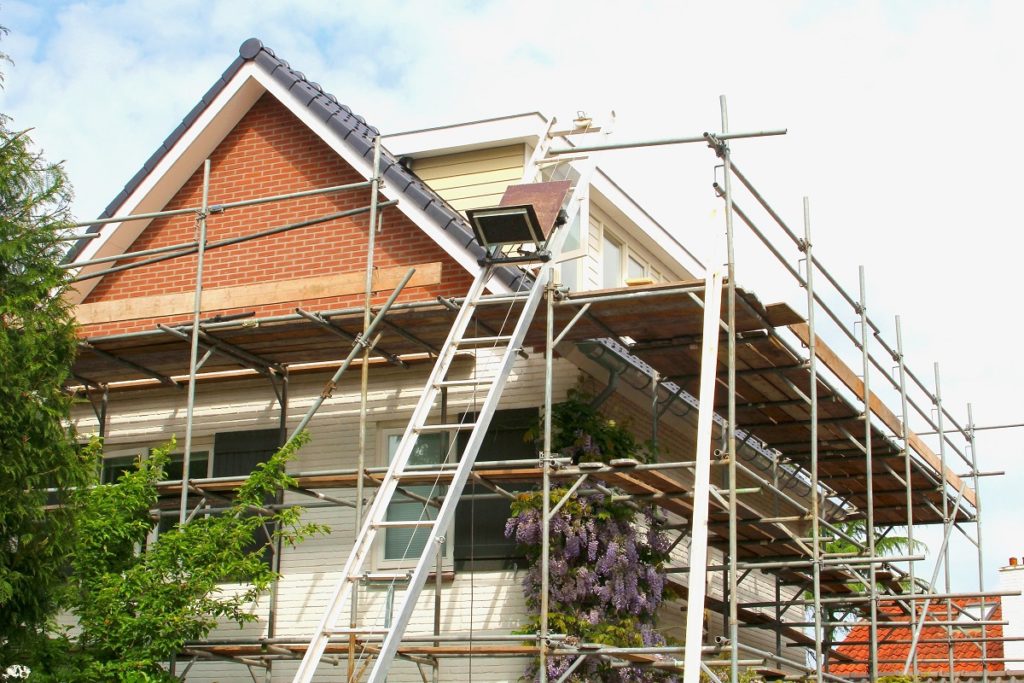As restrictions start to ease and more discussions are ongoing about “the new normal,” much of the focus is on restarting the economy while also keeping everyone safe. Contractors are returning to sites where work had been shut down for months. While business has been markedly slow for with construction equipment and providers of vehicles like excavators for sale, business is beginning to pick up again.
With the construction industry being more safety-conscious than most, these workers are returning to an industry that is making some drastic changes.
How do you practice social distancing at a worksite?
The short answer is, you can’t. Not entirely, at any rate, although construction and other contractor companies are finding ways to mitigate this and keep their staff safe.
Careful Pre-planning

At Shawmut Design, a multi-location construction management company, they start each day with careful planning: who will be doing which task at what time, so supervisors can orchestrate movements and try to maintain social distancing between workers when they can. They’re also working with technology that uses cameras and AI to monitor their sites and detect any violations of social distancing. In cases where the work will require contractors to be less than six feet apart, the company has outlined the requirements for personal protective equipment.
Every worker is made aware of their role in ensuring the whole crew’s safety, and by doing so, Shawmut is confident about the safety of their workers and can align with the safety guidelines for the construction workforce released by OSHA.
Flexible Work Schedules
Social distancing is more easily enforces with less people on the worksite. The planning of any project now involves spreading out the work schedules to prevent crowding. Flexible start times and staggered work schedules mean that projects will progress slower. This is now taken into account when bidding out new projects.
In a statement by Minnesota-based Benike Construction’s executive vice president Mike Benike, he said that these longer completion times will be happening for a while, but if there is a second wave then the company will be much more prepared for it.
Remote Work for Operations
Like most companies all over the world, the construction industry has relied on videoconferencing to keep their operations teams running. Client meetings and planning sessions are now done remotely, as are processes like on-site inspections. Using apps like Skype and Facetime, building inspectors use video and 360-degree photos to check on the site.
The International Code Council found that 93% of all inspections are now being done this way, with the remainder required to do in-person inspections practicing social distancing, away from personnel on site, or by limiting in-person inspections for exteriors only.
As the world tries to deal with a rapidly-changing situation where more waves of infection and lock downs are possible in the near future, every company and industry has to find ways to adapt. And with construction, as well as all fields, while business continuity is important to make sure that all employees are able to earn their keep, it has to happen while still making sure that everyone can stay healthy and safe.
